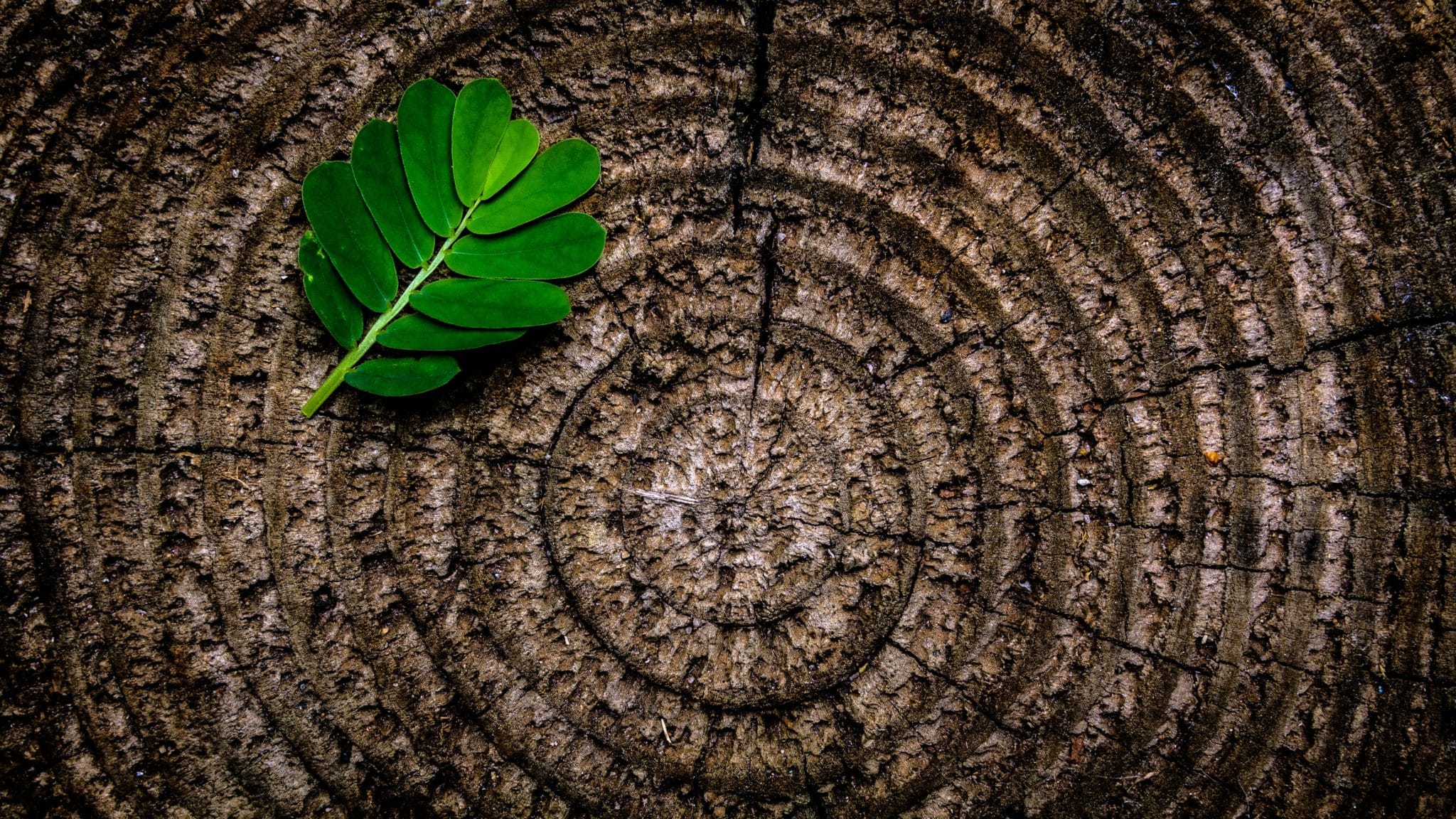Jill S. Schneiderman reports on the opening ceremony and ribbon cutting at the Omega Institute’s new Center for Sustainable Living.
Yesterday I went to the opening ceremony and ribbon cutting at the Omega Institute’s new Center for Sustainable Living (OCSL). Omega calls the Center a “Living Building,” an “Eco-Machine.”
Essentially a wastewater treatment facility for the five million gallons of wastewater generated on the Omega campus each year, the Eco-Machine “closes the loop” on water use at Omega. Designed with the Hudson Valley’s ecological characteristics in mind, this building that is incidentally just up the Hudson River from Poughkeepsie, site of the nation’s first water filtration plant, produces all its own energy with renewable resources and captures and treats all its water.
As a result of the project, waste flushed down toilets on the Omega Campus flows into septic tanks where microbes begin to decompose it anaerobically (in the absence of oxygen). Then, water is pumped through two constructed “wetlands” where plants metabolize the waste and into two aerated ‘lagoons’ in a greenhouse, where plant roots suspended in the water provide surface area for bacteria to break down additional nutrients. Finally, the clarified water circulates through a sandy filter field where particulate matter and any remaining nutrients settle out. Single-celled and multicellular organisms including algae, fungi, bacteria, protozoans, zooplankton, invertebrates (e.g. snails) and vertebrates (e.g. fish) representing all the major groups of life are present in the Eco-Machine. The processed water is currently dispersed into groundwater but eventually will be reused to flush toilets and irrigate gardens.
OCSL’s Eco-Machine is remarkable, not only for closing the loop on water usage at Omega, but for producing all its own energy, controlling building temperature geothermally, utilizing solar and photovoltaic power, and collecting and utilizing rainwater. Additionally, it was built with materials made within a limited distance from the structure itself. Omega intends for it to be certified as the first “Living Building” in the United States. Regardless of whether the building achieves that official status, Omega’s construction project is not only consistent with the institute’s orientation towards holistic and sustainable living; it is a model for the present and future.
As a contemplative earth scientist, I love that Omega refers to its facility as an Eco-Machine. James Hutton, the 18th century Scottish physician and gentleman farmer, considered the founder of geology, derived a principle of an endlessly cycling “World Machine” and used it along with his belief in the existence of a benevolent God, to convince thinkers of his day that the Earth was ancient-millions of years old. The “paradox of the soil, ” he said, was that in order to sustain life, soil depleted by farming must have a mechanism to refresh itself, replenish depleted nutrients, and survive to grow crops once again. This cycle, he knew, would take time. And to his mind, a benevolent God would never craft an earth that did not have a mechanism by which to recycle itself. A closed loop of soil recycling, would take vast amounts of time-hence an ancient Earth-and would be an eternally cycling world machine that would forever sustain every living being. In Hutton’s most famous words the earth shows, “no vestige of a beginning, — no prospect of an end.” (Theory of the Earth, 1788, 304).
In his remarks at the OCSL’s opening, Robert ‘Skip’ Backus, the person who vision and effort helped bring the project to fruition spoke of the oxymoronic phrase ‘wastewater.’ Indeed, there is no such entity as wastewater and an understanding of another of the Earth System’s cycles, the hydrologic cycle, reveals this to be true.
In a continual cycle of condensation, precipitation, runoff, surface flow infiltration, subsurface flow, and evaporation, water circulates on and through the Earth-it is the original closed loop. Leaders at the Omega Institute have skillfully listened to the Earth and acted on what I like to think of as Earth Dharma-fundamental principles that show the path to right action in terms of abstaining from taking what is not given. Earth Dharma reveals how we, as one minute portion of the Earth System, should behave in light of our status as small but strong component of that System. I see Earth Dharma as a corollary to the first line of the Metta Sutra: “This is what should be done by all those who are skilled in goodness, and who know the path of peace.” The Earth is a storehouse of lessons consonant with the Buddha’s teachings. So it seems fitting to me that Omega has stepped forward once again to lead people in the direction of mindful living on Earth.

